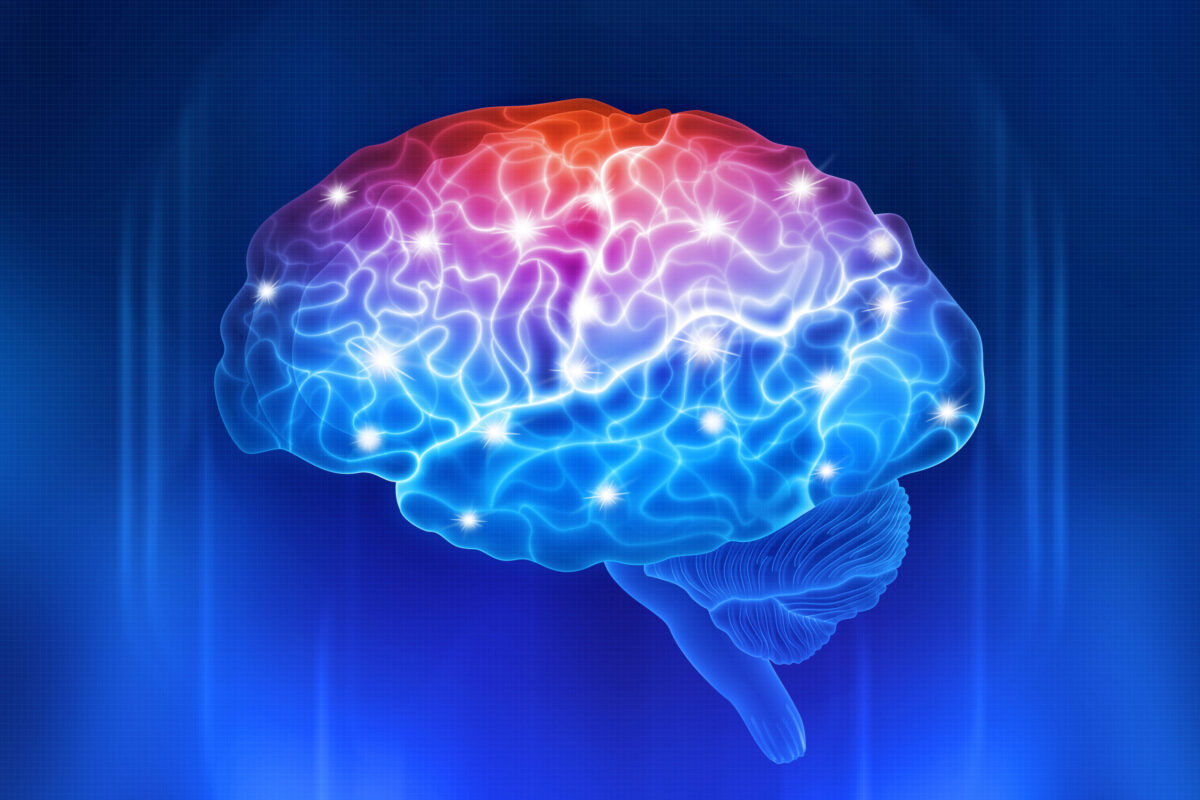Last week, the Xtalks Blog posted an article entitled, “Printing Your Prescription: How 3-D Printing Technology is Affecting the Pharmaceutical Industry”. This article reviewed potential applications for 3-D printing in drug design, development and manufacturing, after the FDA approved the first 3-D printed drug, earlier this year.
While the use of 3-D printers in the pharmaceutical industry is still in its infancy, three-dimensional printing technology has been used for other applications such as medical device manufacture and improvements in research tools available for drug testing.
3-D printing has enabled the fabrication of polymer organ models which are essential in helping surgeons prepare for complicated procedures. Inexpensive prosthetic limb manufacture has also been possible thanks to the advent of three-dimensional printing. Synthetic tissue scaffolds and 3-D tissue constructs for research and therapeutic purposes, are unique additional uses of the printing equipment.
Model of the Heart
The fabrication of polymer organ models to study complicated morphological characteristics of diseased, cancerous and malformed tissue, is a simple but brilliant tool. Physicians – particularly surgeons – are capable of viewing the printed organ from all angles, and making educated strategies to repair and correct the organ’s abnormalities.
This ability to make a 3-D model based on the exact characteristics of the organ, taken from CT scans and MRI data, is an exciting venture into the world of personalized medicine. To date, 3-D printing has been used to create anatomical models of human tissues such as the kidney, liver and even a severely calcified aorta.
Earlier this year, doctors in Nanjing, China were able to print a 1:1 3-D replica of the heart of a 9-month-old baby born with a congenital heart defect. The boy was born with a heart disease called Tetralogy of Fallot, which resulted in the presence of five distinct holes – the largest of which was over 2 cm in diameter – in the vital organ.
“Such a big hole in the heart is even difficult for adults to bear, not to mention a three-month-old child,” said Dr. Sun Jian, chief of cardiothoracic surgery at Nanjing Children’s Hospital. “If not treated early, if we waited until the child’s pulmonary hypertension [was] higher than [the] limit, we might [have lost] the opportunity to save his life.”
Since the holes were very difficult to study using conventional 2-D imaging, the doctors decided to print a 3-D model of the boy’s heart in order to accurately prepare for corrective surgery. The doctors repaired the gaps and the boy is expected to make a successful recovery.
Before the fabrication of the model of the boy’s heart, he underwent an initial surgery in order to repair the holes, which took a total of 143 minutes. The second surgery – during which doctors were aided by the 3-D printed model – only took 25 minutes to complete. Since this type of repair requires invasive cardiothoracic surgery, it’s important that the total time the patient spends in the operating room is minimized.
According to Jian, this was the first child in China with a congenital heart disease, to be saved by 3-D printing technology. “It is good news for other children with complex congenital heart disease, especially for those with intracardiac malformation complex structures and [for the] treatment of vascular anomalies.”
Inexpensive Prosthetic Hand
A robotics startup in Tokyo, Japan, has developed a low-cost, open-source prosthetic hand using 3-D printing technology. Designed by Exiii, the Hackberry uses an infrared sensor to detect forearm muscle contractions associated with various hand movements, which are then mimicked by the artificial limb.
According to the company’s website, “Hackberries, which are a species of trees included in the elm family, grow many branches. Our goal is to develop an artificial arm that would become the platform upon which developers and artificial arm users from all over the world are able to build as they wish. The name represents our vision to ‘hack’ at problems, grow branches of joy that reach out to users and enable their ideas and efforts to bear fruit (‘berries’).”
“We will release the design data of HACKberry, our latest 3D-printed bionic hand, as open source for the purpose of speeding up the development through participation of cooperators from all over the world,” says the company’s website. “In addition, we hope that cooperators will deliver this artificial arm to those we cannot reach ourselves due to distance and other constraints.”
While the fourth-generation prototype still has some bugs, the hand is sensitive enough to hold a business card, tie shoelaces and close a zipper. In addition, when the fingertips on the HACKberry touch one another, there is no space left in between them which results in a greater ability to grasp small items.
The materials for the limb only cost approximately $200, which is a marked improvement over traditional prosthetics that could cost over $10,000. In future generations, the creators of the prosthetic limb hope to make upgrades such as installing a near field communication (NFC) chip to the index finger, to allow the user to authorize purchases with the touch of a mechanical digit.
“Since the 3-D printer doesn’t require an initial cost and offers relatively larger flexibility for design (as opposed to casting or cutting), we have been able to test generations of prototypes rapidly, in the short term,” Genta Kondo, CEO of Exiii Inc, told Xtalks. “The next challenge is to reach the practical quality. If this happens, prosthetic hands will be really accessible because amputees can print and customize by themselves.”
In March of this year, the makers of the HACKberry received a $200,000 grant from Google, which the company plans to spend on improving the arm so that it is ready for widespread use.
Synthetic Brain Barrier
The dura mater is a layer of tissue that surrounds and protects the human brain. This membrane must be cut during neurosurgery in order to reach deeper regions within the brain, and this layer must be repaired to improve post-operative patient outcomes. ReDura is a 3-D printed, synthetic structural scaffold for dura mater, created by MedPrin.
ReDura is printed using a water-based gel which supports the dura mater by stimulating collagen production and healing tissue. The patch is applied to the incision made during brain surgery, and after approximately two months – when the patient’s own dura mater has regrown – the ReDura starts to break down into water and carbon dioxide. These innocuous compounds are fully absorbed by the body, leaving no trace of the artificial membrane.
Along with being made from a non-toxic biocompatible material composed of poly-L-lactic acid, ReDura acts as a seal to prevent leakage of cerebrospinal fluid (CSF) from the brain. The material is also very flexible, which allows for accurate placement of the dura matter scaffold and good conformity to the contours of the brain.
Xu Tao, Chief Technology Officer and Professor at Tsinghua University said, “In March of 2011, the product received CE certification in the European Union. Since then, it has been exported to dozens of counties in Europe and to the United States and is being used in hospitals such as the world-renowned Cambridge University. To date, it has been used in over 10,000 patients without a single report of adverse reactions.”
In future generations of the product, the company aims to seed ReDura with patient-derived cells to minimize the risk of rejection due to an immune response against the tissue scaffold.
Human Organ Models
In the article entitled “Are There Adequate Alternatives to Animal Testing?”,(LINK) various in vitro and in silico methods for drug efficacy and toxicity testing were reviewed. One additional technology that could reduce the number of animals needed for preclinical pharmaceutical trials, is the fabrication of 3-D bioprinted tissues, which behave similarly to whole tissues found in the body.
Organovo is the first human tissues company to use a proprietary technology involving the NovoGen Bioprinter™, which is capable of laying-down cells in a configuration which closely matches that found in vitro. The company’s exVive3D™ Liver model is a three-dimensional cell culture of primary hepatocytes, which demonstrate similar cellular density to that found in a native liver of human origin.
“What we’re trying to do is take human tissues and recapitulate – as much as we can – the human function as it would function in the body, but run that in an ex vivo environment,” Charles Hendricks, the director of global product marketing for Organovo, told Xtalks.
Along with mimicking the cell density found in an endogenous organ, the exVive3D™ Liver model contains multiple cell types – a feature not common in conventional 2-D cell culture – which are arranged in an architecturally-correct configuration. The exVive3D™ Liver model remains living and functional in excess of 40 days, allowing researchers to perform both acute and chronic toxicity and metabolism studies.
“What we do is we take the [3-D] printer and precisely define the architecture of how those cell types are going to be in a three-dimensional space. When we lay them down, sometimes using a hydrogel mixture if necessary, the genes will turn on, and those cells will then solidify and form tissues, usually within 24-48 hours,” said Hendricks.
In addition to its 3-D cultures used in research, Organovo is working towards the development of functional organ replacements to be used in place of transplants, which would be engineered with the use of the patient’s own cells. This advancement would eliminate the risk of immune response and rejection of a transplanted organ, and also remove the need to administer long-term immunosuppressant drugs to the patient.
How do you think 3-D printing technology will affect the medical device industry? Share your opinions in the comments section below!









Join or login to leave a comment
JOIN LOGIN